Reels
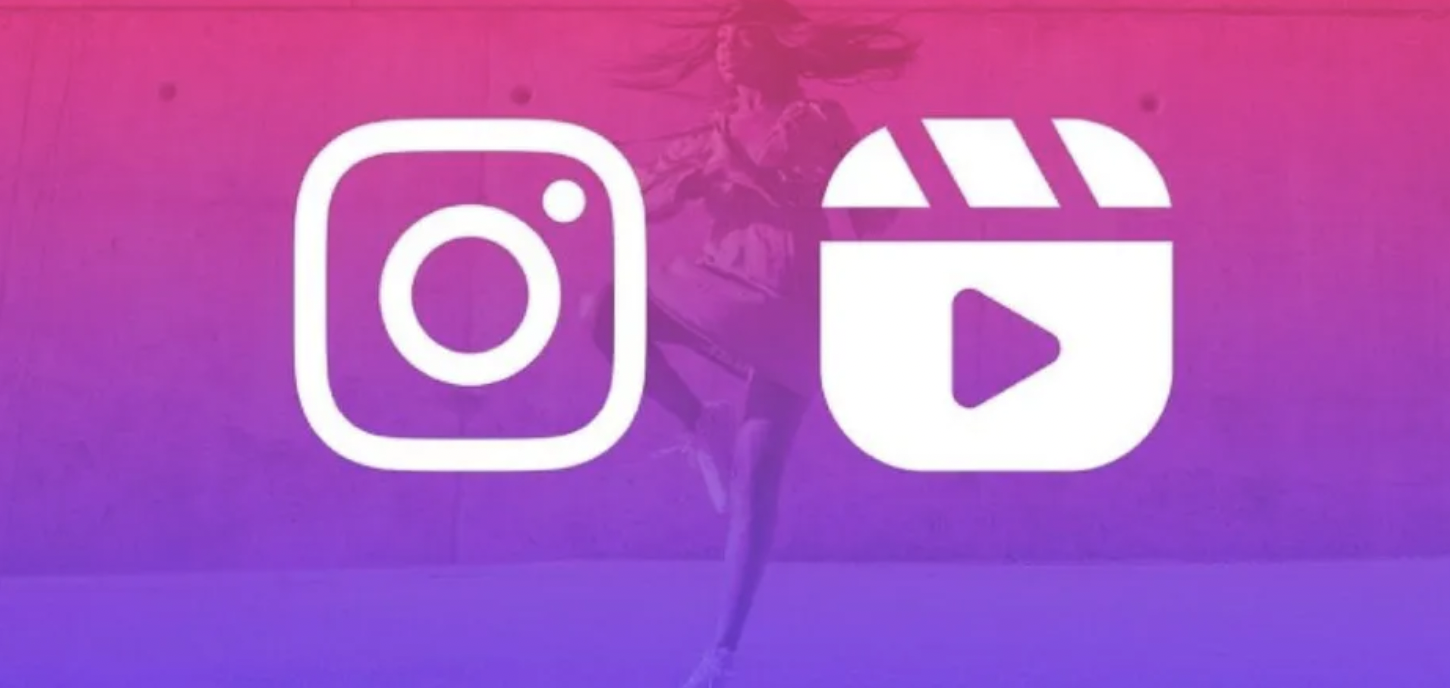
Introduction
Presenting to you the magic of social media reels: where life is a musical and strangers on the Internet vibe with you as opposed to those on the streets. The barrage of Instagram reel videos of users dancing, users “remixing” reels of other users and dancing again does remind me of a musical. A musical that involves common people, dancing to commercially available music, at a scale not achievable physically.
But the music on Instagram is not limited to dancing or to reels. We can add music to every event of our life we choose to share with our circle. In the huge list of music items to choose from there is probably a song for every moment with the exact emotions we want to convey in it.
This article is about what makes it possible and the fortuitous turn of events that led to it. I hope to be able to show you the inextricable link between the tech industry and the music industry – interlocked by fate in the theatre of modern economy.
The Past
Talking about the music industry specifically, the 90’s represented major changes due to technological advancement. Vinyls were going extinct in favour of Compact Disks: they were smaller, more portable, cheaper and at times had better audio quality. The introduction of CD’s also led to record breaking sales in the music industry.
Note that the late 80’s and early 90’s was a time when “Music TV” had actual music. Record labels would release music there first to gauge a public reaction on new artists and move on to later steps.
And of course, most importantly: record labels were the rulers and the custodians of the entire industry. From publishing to any exposure whatsoever, an artist had to liaison with one of these gatekeepers. Which also implies that these people had the most to lose when it comes to power and share of the distribution market.
Bootlegging
The 90’s was also an interesting time for the internet. Massive growth in the numbers of internet users was seen during this time.
With the internet, online file sharing became very common. Someone could buy a CD and instantly share it over the internet with their friends. The receivers didn’t pay anything for it obviously. No one thought twice, not even the record labels (they should’ve). While the record labels were in denial the ecosystem was developing to give …
The Napster
“Napster: the day the music was set free” – The Guardian
There are two important aspects of the Napster I want to cover:
The social aspect of using the site
The new attitude of users towards distribution of music.
What was the Napster and what did it do?
The most typical use of Napster was sharing mp3 files.
A user would download the client and share a particular folder on it. The client would be connected to a central server that would only list the file and the user sharing it.
The listing allowed for a search engine where other users would search for a specific music file, find it on the listing, and download it. The download was served by the personal computer of the user that shared it. In other words, the distribution was peer to peer. The service also had an IRC chat to allow users to communicate amongst each other while online. They could discuss music interests and share recommendations.
But the main role Napster has in our story is that it fundamentally changed the consumption model of music. Suddenly, people had an abundance of access to music. The fact that you could be mildly interest- ed in a track and get access to it almost immediately was unheard of back then. As you can understand now, CD’s pale in comparison to what was being offered here.
The old consumption model was that people would hear some music on MTV or the radio and if they really liked it enough and had the money, they would buy a CD. All that was gone.
Users now had the power to listen to whatever they wanted, whenever they felt like it, however many times they wanted to hear it. The record labels didn’t know it then, but the taste of this power changed everything. In my humble opinion, this phenomenon eventually led to the birth of streaming services.
My Space
Launched in 2003, Myspace dominated the social media space before Facebook.
This is the first platform that truly brought social media and music together. As a full-blooded social media platform, it allowed users to create profiles and connect to friends and friends of friends. It allowed people to create forums of their favourite artists and artists to create pages to better and more consistently with their admirers. And, very importantly, it allowed for file sharing and consequently sharing of mp3 files (generally bootlegged).
A lot of artists that are still popular now found their popularity in Myspace (Arctic Monkeys being among them). Myspace had a big ecosystem for music: users were sharing music files of stuff they liked, there were creating forums, and the artists were creating their Myspace presence. Music has always had a way of connecting people with each other, so it’s no surprise that when distribution went online (albeit illicitly), it found itself in the largest online social media of the time. There was no way for CD’s to compete with the sheer scale of this machinery and the noose around the traditional music distribution models was tightening.
The Empire Strikes Back
Remember when I said that the big record labels were the rulers and custodians to the music industry? Well, they decided to wake up and show the world just that.
ROUND 1
The RIAA: Recording Industry Association of America sued The Napster in 2000. The big-timers, in an attempt to “correct” the upset in the industry, declared war. The guns were blazing, but the lawsuit still hadn’t caught
the public attention.
This was about to
change.
Meanwhile, early edits of the Metallica single “I disappear” (contributed to Mission: Impossible 2) were playing on around 20 radio stations. The kicker was that the music wasn’t supposed to release before the film did.
As response to this “affront”, Metallica v. Napster, Inc was filed in the United States District Court for the Northern District of California, soon followed by Dr. Dre suing Napster for similar reasons.
And thus began the war for the soul of the music industry.
Here, I need to clarify that the opinion throughout the music industry on the lawsuits was far from uniform. Metallica claimed to represent the rights and interests of music artists in general, but several famous artists like Fred Durst from the Limp Bizkit had publicly sided with the Napster on the lawsuit. Metallica—once the epitome of counter culture music—had turned into the oppressive establishment overnight.
ROUND 2
In November 2006 The Universal Group sued MySpace for copyright infringement. The lawsuit was filed in federal court in Los Angeles. It is believed that this was a strategic move by The Universal Group to perhaps gain some leverage against the harbour doctrine. The safe harbour doctrine was a concept in federal law to provide a legal safe harbour to primarily user-driven platforms, provided they remove any copyrighted content upon request. The Universal Group was hoping to use the lawsuit in federal court to leverage lucrative licensing terms from user driven platforms in general (including MySpace). This hypothesis is further supported by the fact they had publicly spoken against YouTube earlier that year citing copyright infringement.
In other words, the establishment was fighting back with all the wealth and power it had.
The Dust Settles
In July 2001, Napster settled the lawsuits with Dr. Dre and Metallica. The settlement required that Napster block any music being shared from any artist without their permission.
Napster died in 2002. Then CEO Konrad Hilberts announced his resignation and employees were given two options: take a severance pay and leave now or take a week of unpaid vacation and hope the management found enough money to keep Napster afloat. Most employees chose the former.
MySpace settled its lawsuit with Universal Music group in 2008. This settlement was more interesting, because it is the first instance of a formal ad-supported streaming industry. As a part of the settlement MySpace was to start a new streaming service, of which Universal, WMG, and Sony-BMG would get minority stake.
The settlement also involved heavy payouts to UMG, probably in the $100 million range. In other words, the big-money suits won. However, the music industry had changed forever and there was no going back now. A dramatic event that made the change in status quo evident was RadioHead releasing their In Rainbows album online independently. The album was distributed on a “pay what you like” model where downloaders could pay whatever they felt like for the album, including nothing. RadioHead ditched the tyranny of record labels altogether in a bold statement that could potentially threaten their (Radiohead’s) entire existence.
At this point I want to draw your attention to Facebook. Facebook started in 2004 (a year after MySpace), just kept growing as a social media company throughout these court battles and had no relation to the music industry back then.
2008 is also the year when Facebook overtook MySpace in terms of number of unique users worldwide, which makes us wonder whether the onslaught by the music industry on MySpace played a major part in this. This time also saw the rise of other streaming services like Spotify. In fact, music piracy was the direct reason this industry came to existence and is thriving today.
Facebook Swoops In
Despite the shining streaming industry and the features in Spotify for seeing what friends are listening to, there still wasn’t a unified social media + music experience. The vacuum of MySpace still existed. Tik Tok had popularised the idea of allowing copyrighted music to be attached to user-uploaded content through the platform. But TikTok was for the “performers”: i.e. people who would take the time out of their daily lives to “perform” something cool and attach music to it.
Facebook, on the other hand, integrated music and the social media experience. In 2012, Facebook acquired Instagram, and in 2018 they did something rather interesting. They acquired licensing agreements with major record labels like Universal Music group and Sony. They had already acquired licenses from Warner. The deals stipulated royalties from user-created videos featuring music from the artists associated with said record labels. “What user-created videos?” is a question you probably aren’t asking. I’ll answer it anyway: in June 2018, Instagram announced that users could add music from the Instagram music library to their stories.
The library happens to be full of copyrighted music content now. In other words, music made a proper comeback in the online social media experience and is backed by perhaps the largest social media company.
Soon, there was a thriving ecosystem in reels, with people making reels, remixing them, adding favourite music and so on. Also, in a lot of cases the background music of a reel isn’t changed when the reel is remixed and the popularity of said music/song cascades as people remix the original reel and those remixes are then remixed further. The power of propagation of music over Instagram has become obvious to popular artists as well, with many artists releasing album promos exclusively on Instagram first. There is also a fresh crop of artists that have their primary presence on the Instagram reel ecosystem.
Conclusion
We started with talking about attaching music to Instagram stories and ended up with discussing Intellectual Property and distribution of digital media. Intellectual property has always been a heated discussion with arguments of merit on all sides of the table. Some people argue that the new status quo of streaming music results in peanuts into the hands of artists, but on the other side it removes the non-negotiable need of big record labels for small artists. The internet makes fame accessible to the smallest of artists and it connects the right users to even the remotest of artists (not all the time, but definitely a lot more than restricted CD’s ever could).
An interesting idea I came across while researching on this topic was that piracy is a competing business model, and should be treated as such. It has its own chain of supply and costs to deal with and a set of offerings to the average user, and the only way to survive against it is to provide a better business model. Which, in many ways, Spotify (and other popular streaming services) did, and people were back into the legitimate market. Of course, not every artist is happy with this – several artists are banding together to form a more pricey streaming service called Tidal with its own set of offerings.
I think a major takeaway this story can offer is that great things are often built on the foundation of corpses. Corpses of ideas that were ahead of their time, ideas that threatened the wrong people (read: powerful), just and ideas that were plain unlucky.

 DaveAI
DaveAI  Code Wars
Code Wars  IIIT’s Smart Campus Vision
IIIT’s Smart Campus Vision  Seeing That Which Cannot Be Seen
Seeing That Which Cannot Be Seen 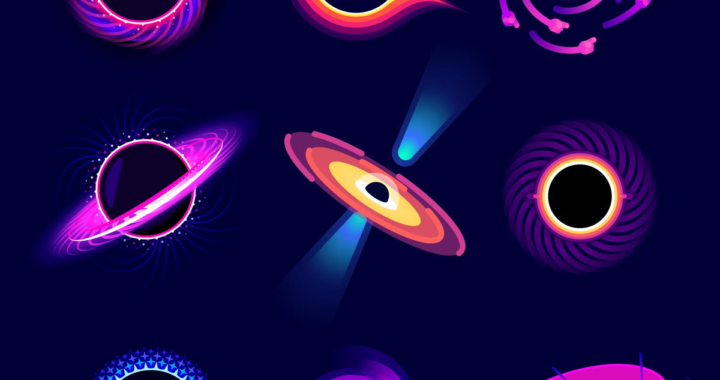 Breaking Down The Toughest Photoshoot
Breaking Down The Toughest Photoshoot  Helping Hyderabad ‘Commut’!
Helping Hyderabad ‘Commut’!  A perspective on sports in IIIT
A perspective on sports in IIIT 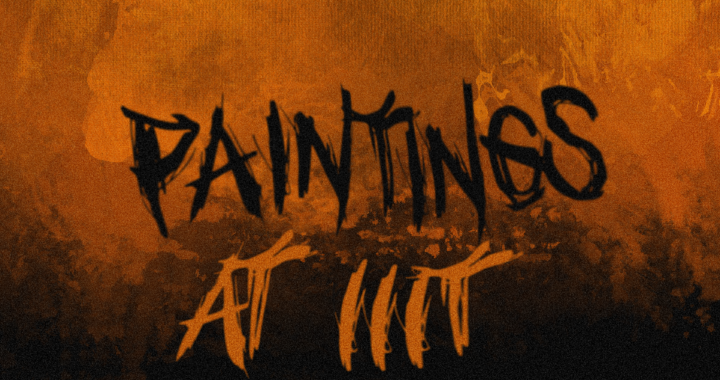 Paintings of IIIT
Paintings of IIIT  The Tale of Jagruti
The Tale of Jagruti 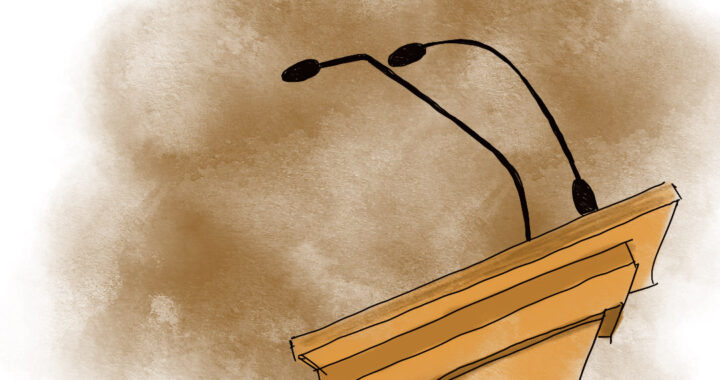 Cleaning up the Mess?
Cleaning up the Mess?